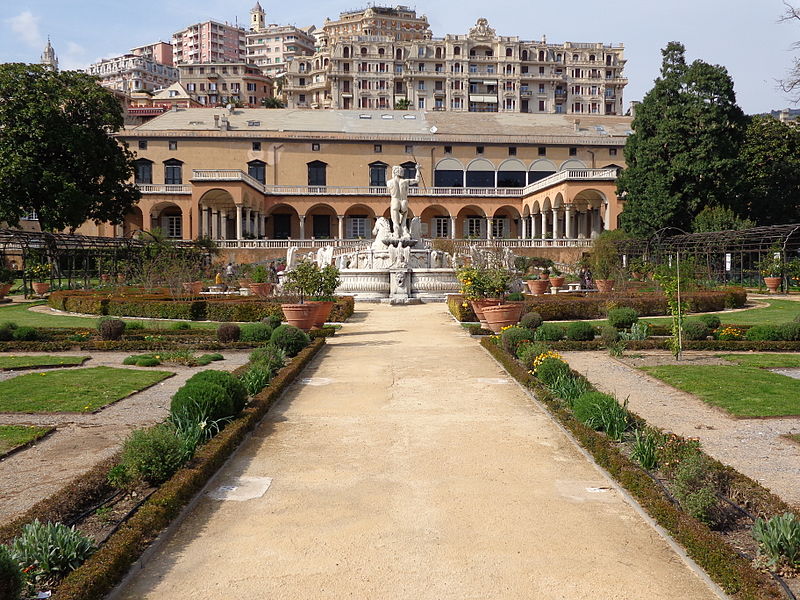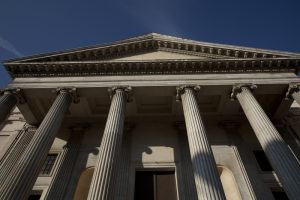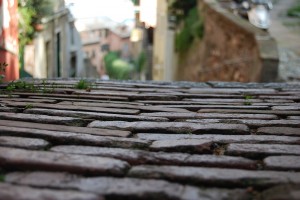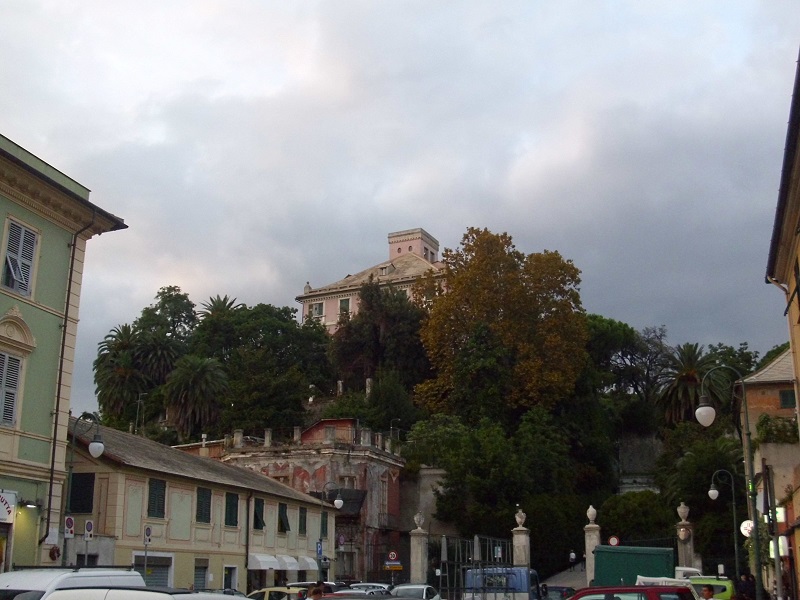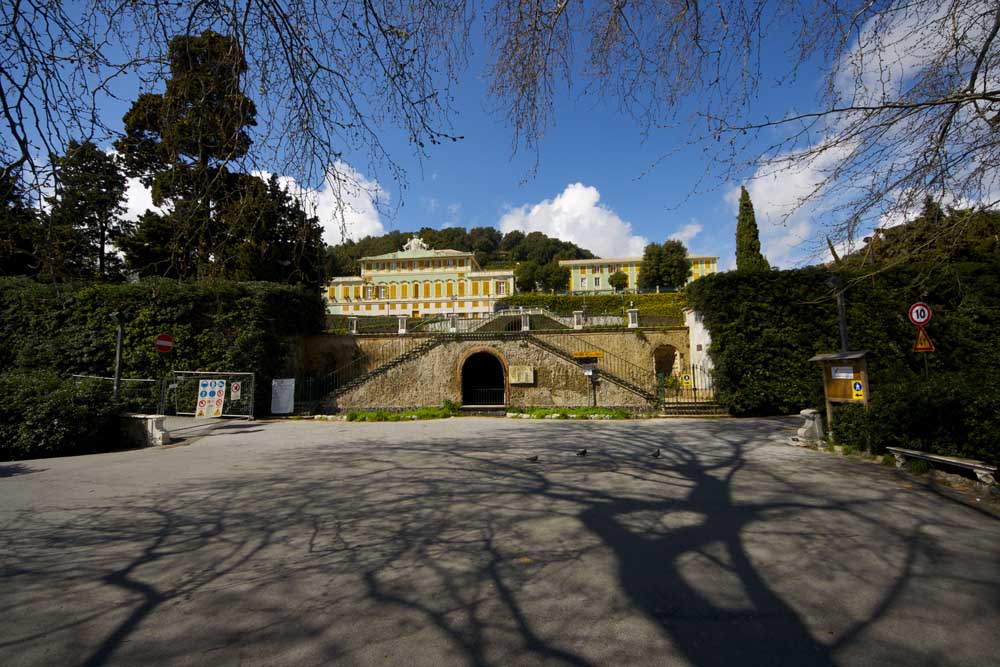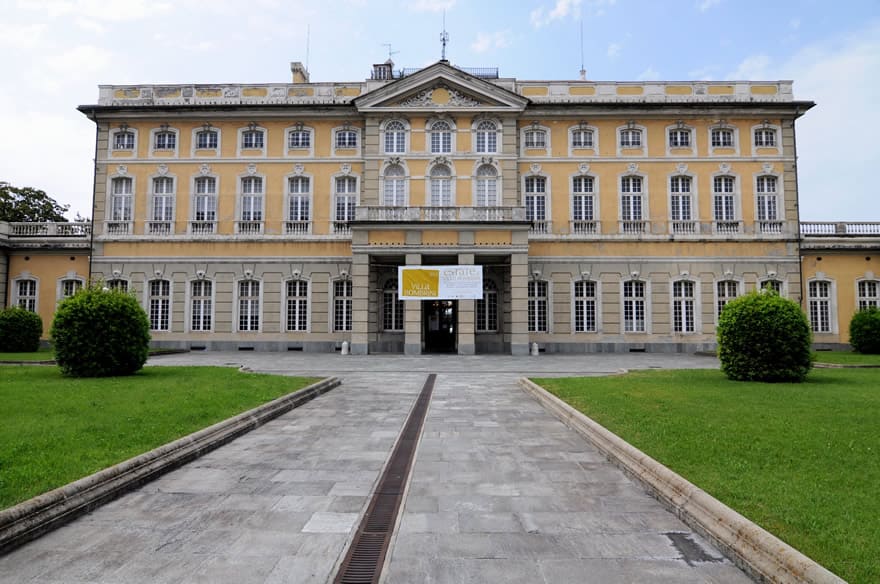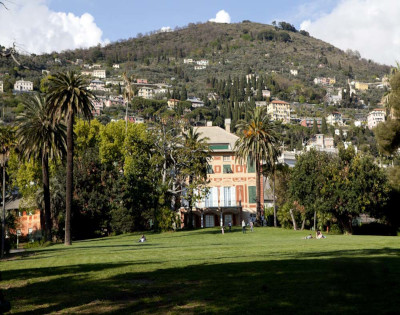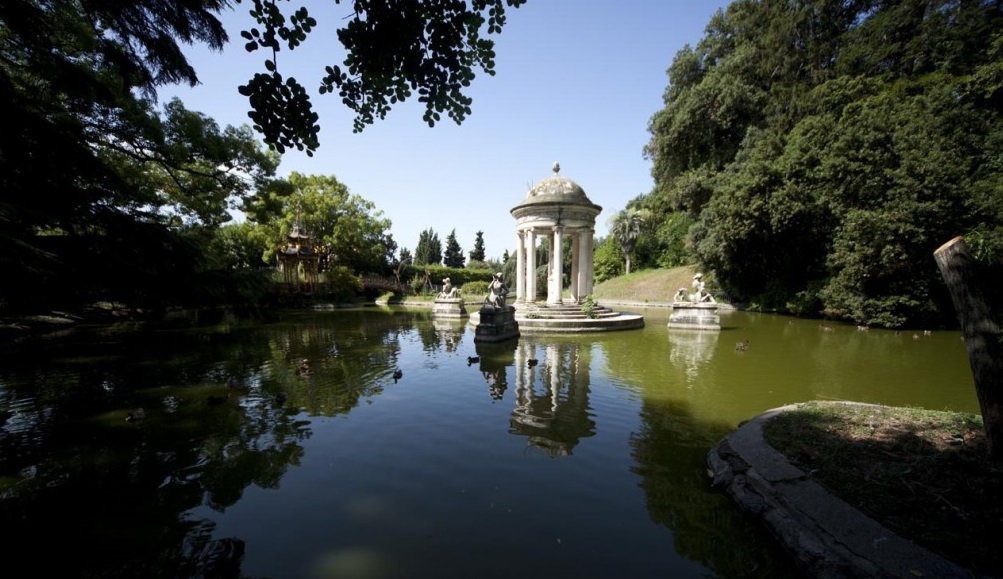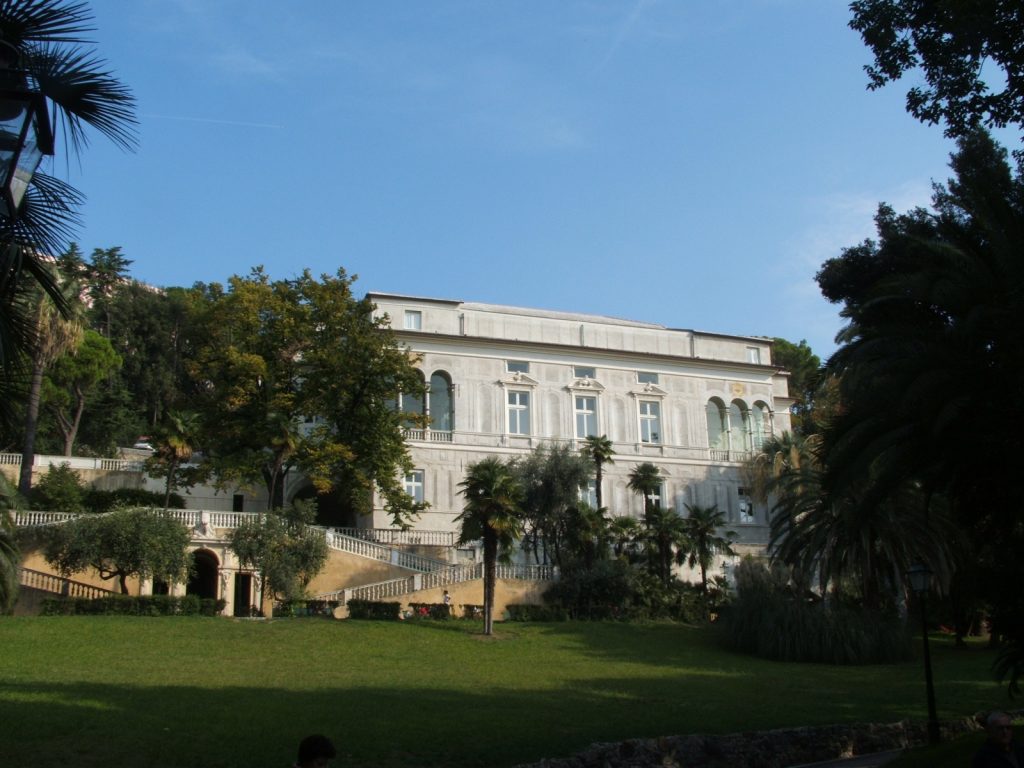Villa del Principe, located at the opposite side of the current Maritime Station, near the Genoa Piazza Principe station and the Lanterna promenade, is the most important sixteenth-century building in the city, even if it was not included in the list of the Palazzo dei Rolli because it was a suburban villa and not a city palace.
It was built at the beginning of the 16th century by Andrea Doria who chose it as his permanent home and represents the prosperity and wealth of his lord, who called the best artists of the time to furnish and decorate the interiors and to build the majestic garden. The villa hosted Emperor Charles V, Napoleon and Giuseppe Verdi several times.
Villa del Principe is today a museum-home owned by the Doria Pamphilj family, on the tour you can also discover the majestic gardens, which originally overlooked the sea and extended with terraces up to the hill of Granarolo.
The gardens underwent profound changes over the centuries, following the construction of the railway, the Via Adua and the maritime station which removed the direct view of the sea, and also subsequently following the urbanization of the hill behind and the construction of the Hotel Miramare. Villa del Principe also suffered serious damage during the bombings of the Second World War.
The current garden is the result of a restoration project with which the form of the sixteenth-century garden was recovered, in which today as then the spaces are enriched with flowers and aromatic plants such as roses, myrtle, rosemary, carnation). In the Italian garden, the Fontana dei Delfini, created by Silvio Cosini based on a project by Perin del Vaga, a pupil of Raphael, and the majestic Fountain of Neptune, commissioned by Giovanni Andrea I Doria and executed by Taddeo Carlone, with a twelve-sided basin decorated with eagles clutching snakes and sea monsters in their claws and dominated by the god of the sea, driving a shell-shaped chariot pulled by three seahorses.
In the sixteenth century, Andrea Doria had an artificial lake built, the Lagaccio, fed by rainwater and mountain streams, to meet the water needs of the fountains and the garden of the Villa del Principe. Lagaccio, now dried up, still gives its name to a hilly district of Genoa.
Visit park website for more informations on opening and closing times

